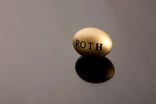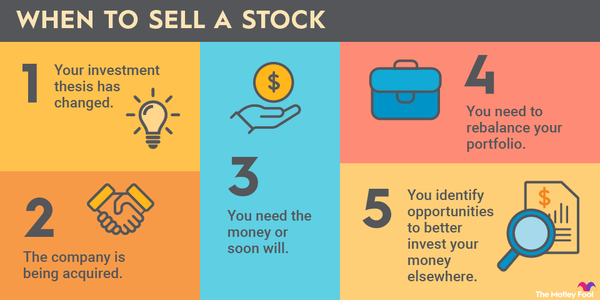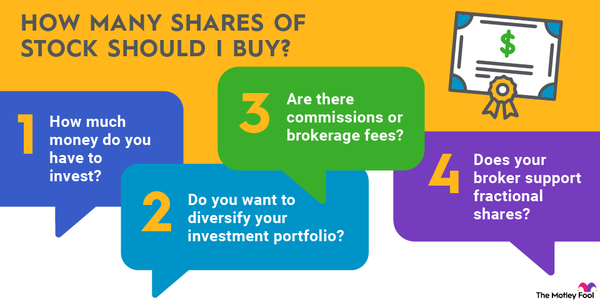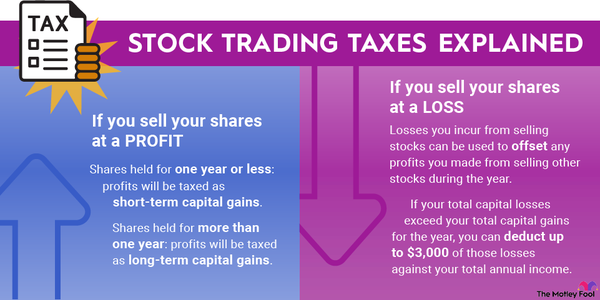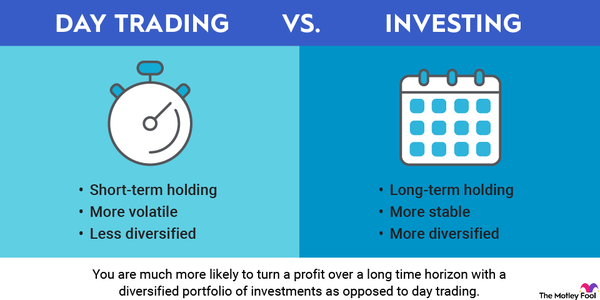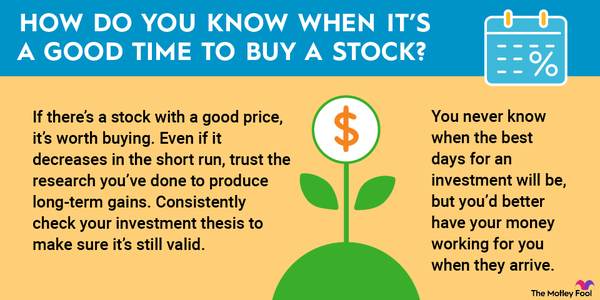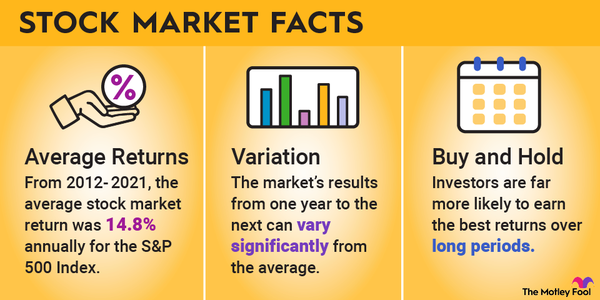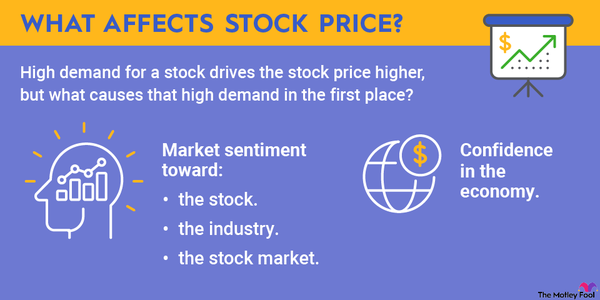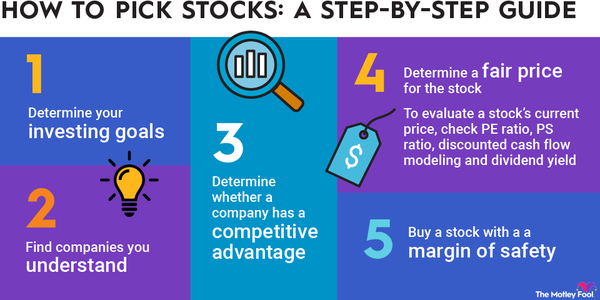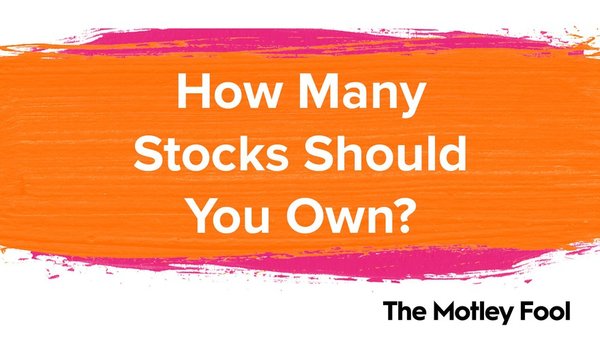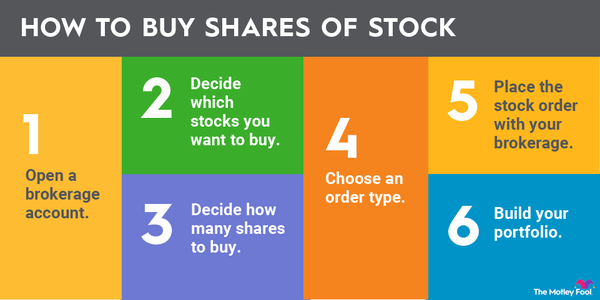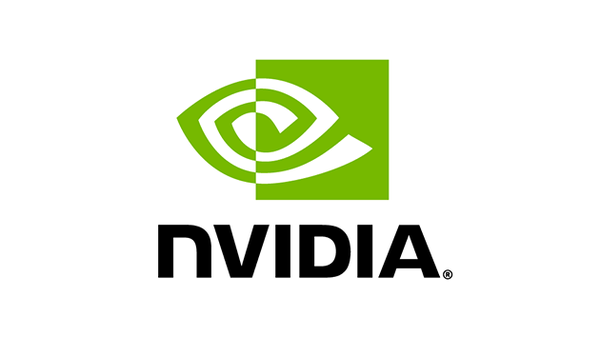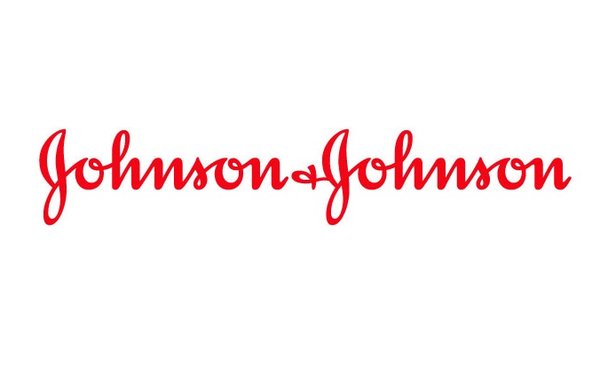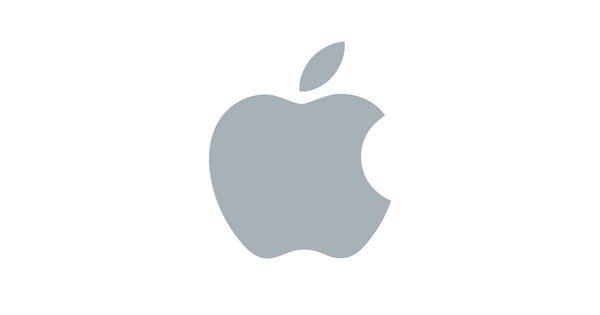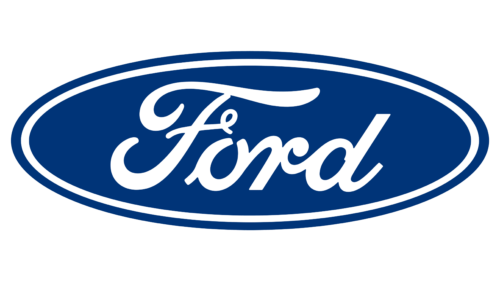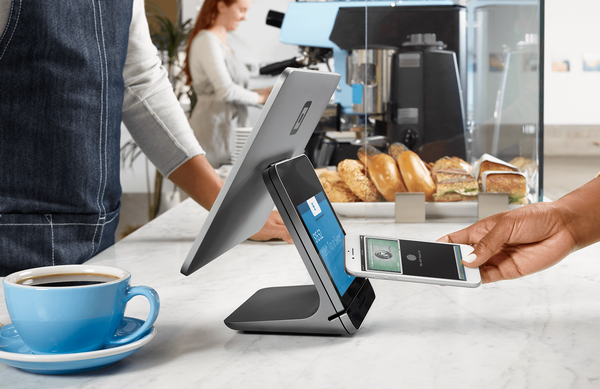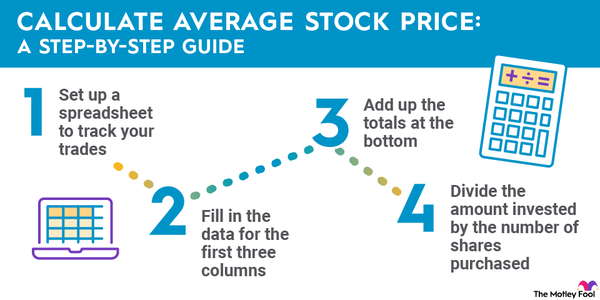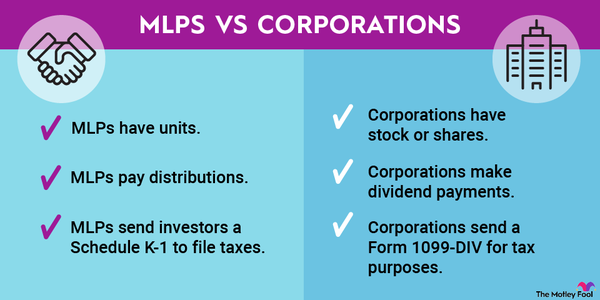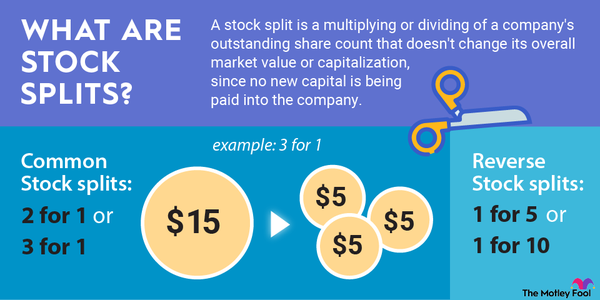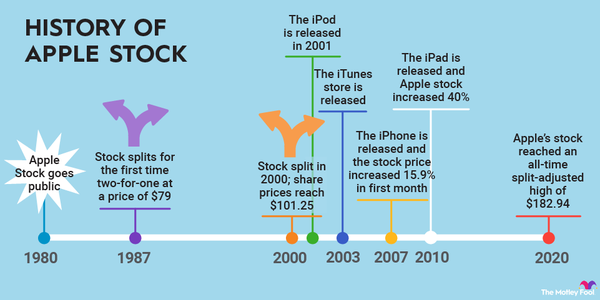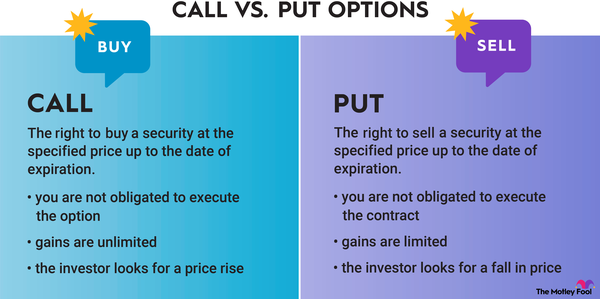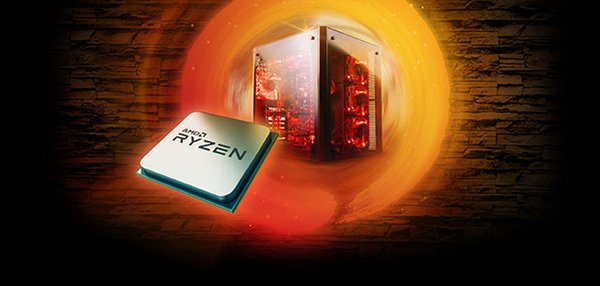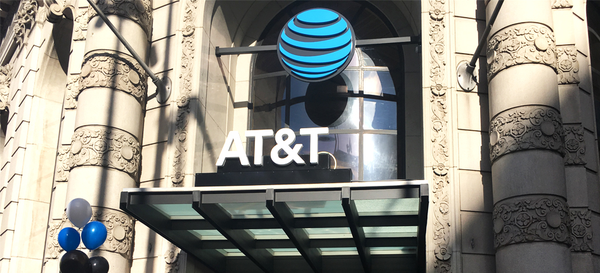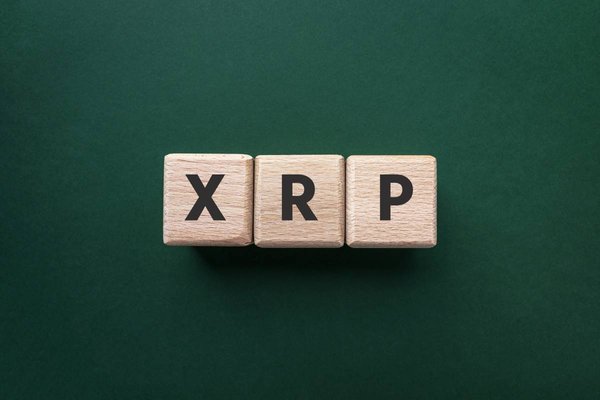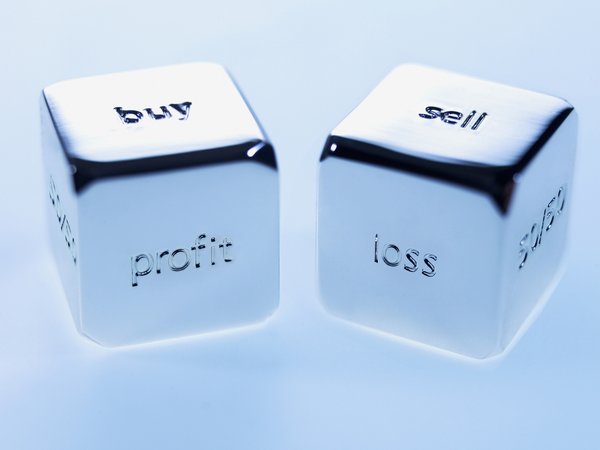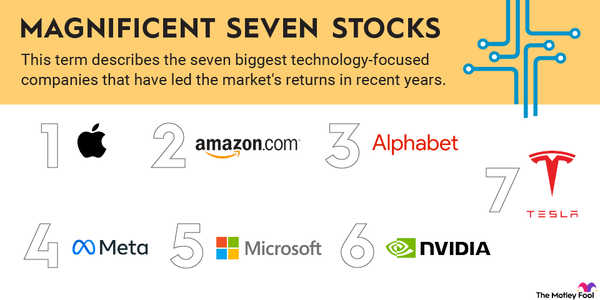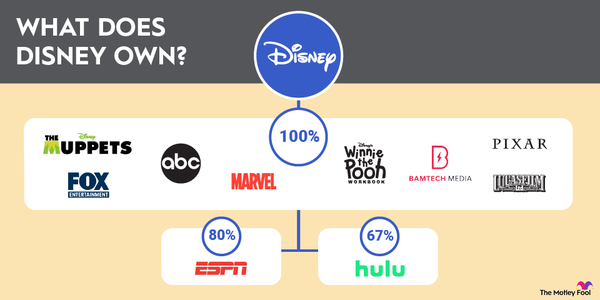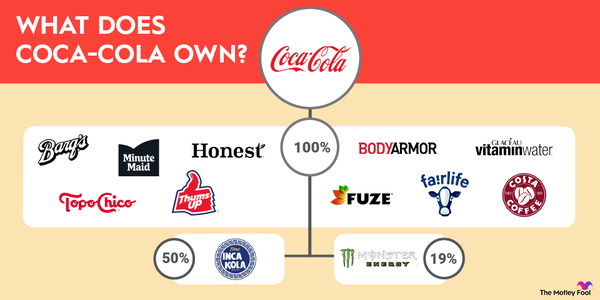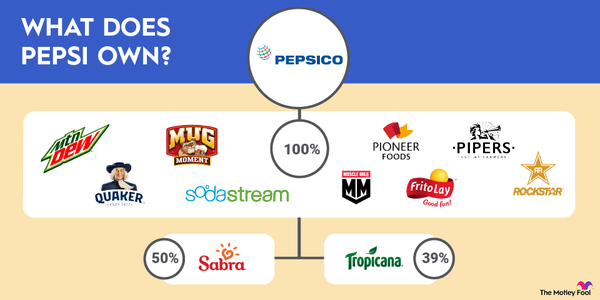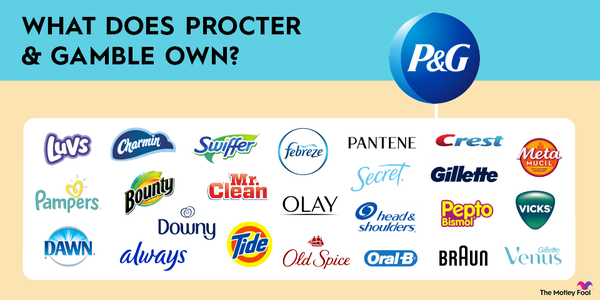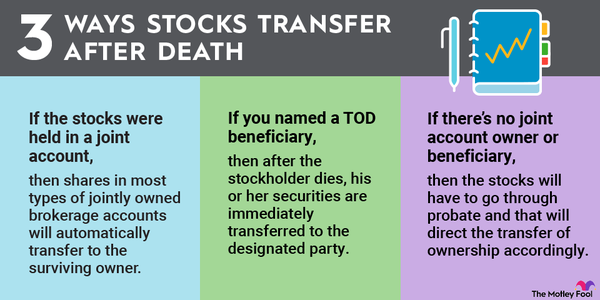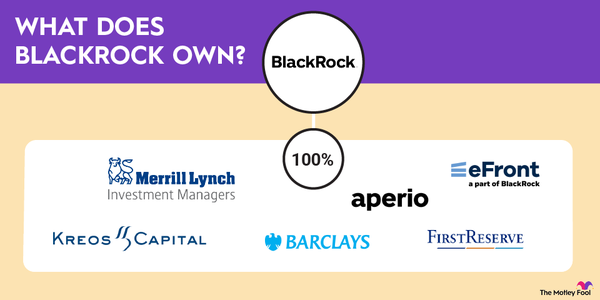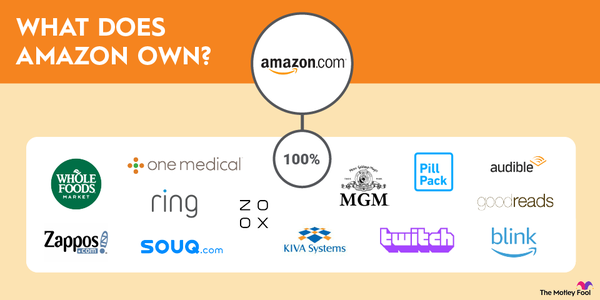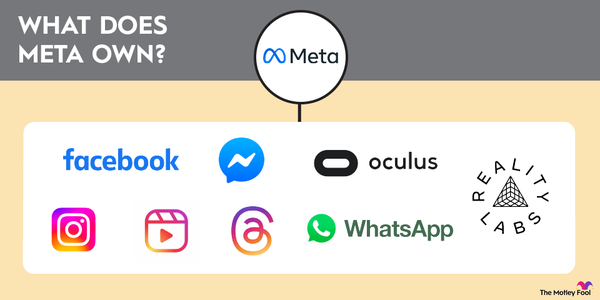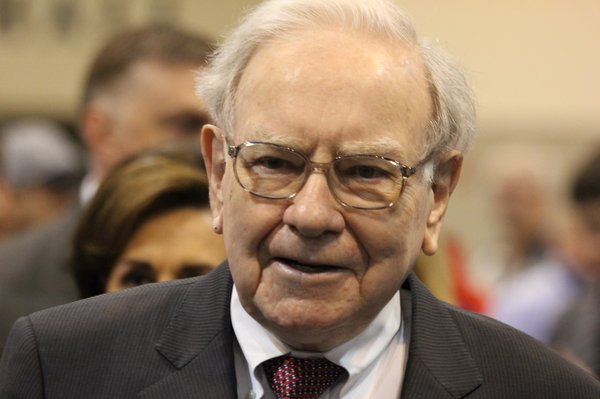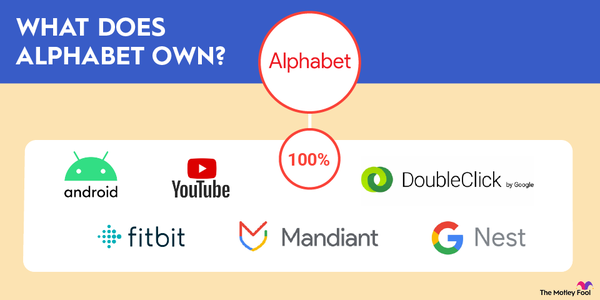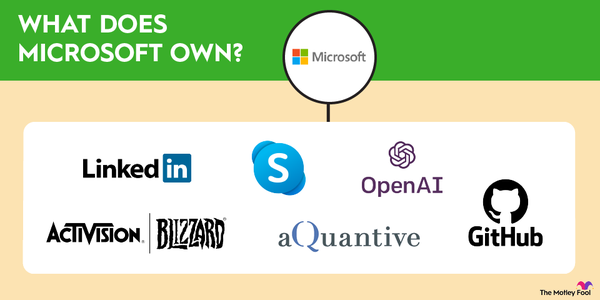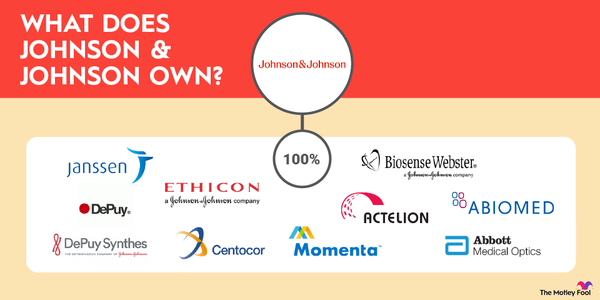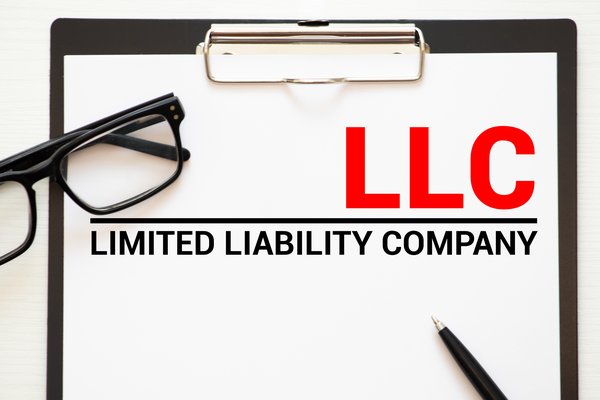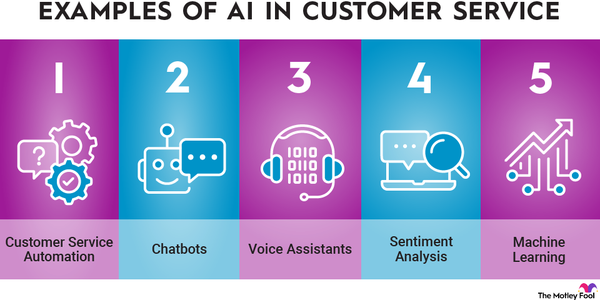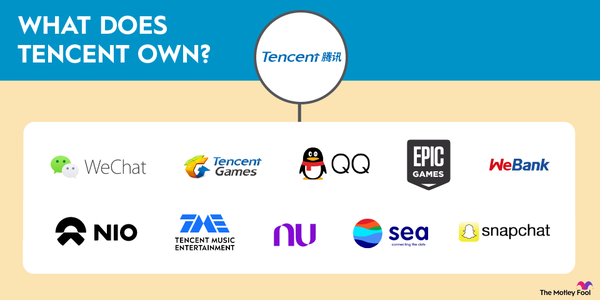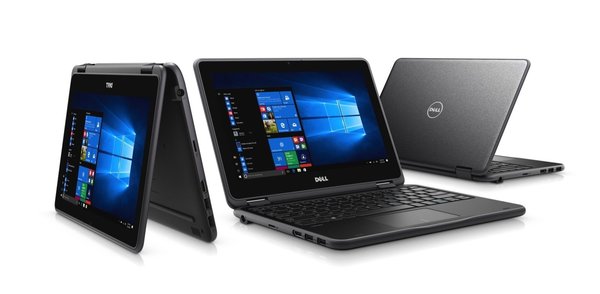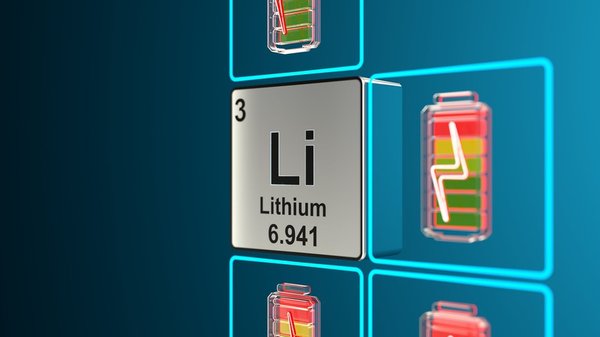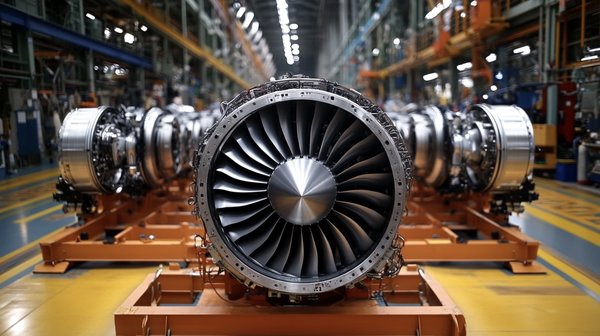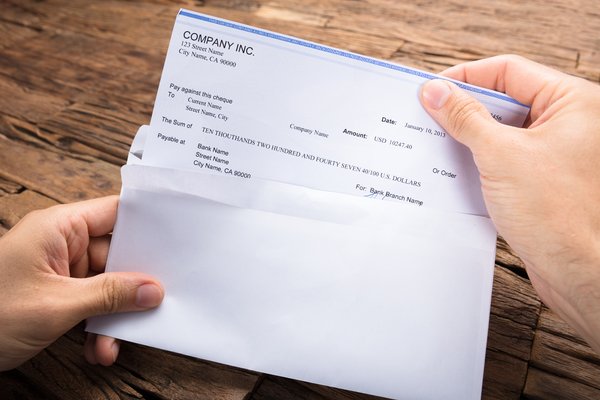While practically everyone has used Accent Microcell's products, almost no one has heard of the company. It specializes in producing high-quality cellulose-based excipients used in the pharmaceuticals, nutraceuticals, food, and cosmetics industries. The company is in every nook and cranny of the world, serving more than 45 countries and manufacturing all sorts of products used daily.

Publicly traded?
Is Accent Microcell publicly traded?
Accent Microcell is not publicly traded in the U.S. So, unlike other pharmaceutical and microcellular foam companies, such as Eastman Chemical (EMN 1.92%) or 3M (MMM 1.69%), you cannot purchase shares of Accent Microcell.
Although Accent Microcell is not publicly traded in the U.S.., there are several ways investors can gain indirect exposure to its performance, including:
- Investing in companies with a similar profile to Accent Microcell, such as those involved in advanced materials or microcell foam technology
- Investing in companies that provide services related to Accent Microcell, such as Honeywell International (HON 0.64%), which makes equipment for Accent Microcell
- Investing in the applied materials industry via exchange-traded funds (ETFs) or other funds that hold similar companies
When will it IPO?
When will Accent Microcell IPO?
As of now, Accent Microcell has not announced any plans to go public on any U.S. stock exchange. Accent Microcell had its initial public offering (IPO) in India. Although India has a dynamic stock market, it can be volatile, and the compliance environment is quite different from North America.
IPO
How to invest
How to invest in Accent Microcell
Step 1: Open a brokerage account
To invest in companies related to Accent Microcell, such as those involved in cellulose-based excipients, you need to open a brokerage account. Many online brokers, including E*TRADE, TD Ameritrade, and Fidelity, provide access to a wide range of stocks. Here's what to consider when choosing a broker.
Trading fees and minimum deposits. Most online brokers offer low or no trading commissions to attract customers, which is especially beneficial for novice investors. Several pioneers have emerged in the low- or no-commissions space, with Robinhood (HOOD 3.76%) being one of the most prominent.
Also, look for brokers with minimal or no minimum deposit requirements to allow easy entry into the market. And make sure you shop around because everyone's offers and fees differ.
Platform usability and support resources. Select a straightforward, user-friendly platform, whether you are looking to buy an IPO for something specific or just buying a stock for the sake of it. Ease of navigation is crucial to preventing errors when making trades. Look for brokers offering comprehensive educational resources, advanced analysis tools, and accessible customer support to help you make well-informed investment decisions.
Step 2: Determine your budget
When planning to invest in companies related to Accent Microcell, consider your overall financial situation, investment goals, and risk tolerance. Remember, it's imperative that you create a budget that will prevent any impairment to your everyday life if you lose money.
Assess your financial position and goals. Evaluate how much capital you can allocate without affecting your essential financial needs. Understand whether your investment goal is short-term profit or long-term growth. Companies in the microcell foam technology sector might offer significant growth potential, but they can also be subject to market volatility.
Try to diversify. Diversification is key to managing investment risk, even in the best of times. Even if you focus on companies related to microcell foam technology, ensure your portfolio includes myriad assets across different sectors and industries. That might include pharmaceuticals, nutraceuticals, and materials science companies. A diversified portfolio can help mitigate the impact of market fluctuations on your overall investment returns.
Step 3: Do your research
Although Accent Microcell is not available for direct stock purchase, there are different companies whose stock prices might rise when Accent Microcell performs well because they are in the same industry or their business provides products or services to the microcellular foam industry.
Here are three companies with ties to Accent Microcell, providing indirect exposure:
3M Company
The first company, 3M, is like the overachieving kid in school who excels at everything. The company is a leader in cellulose-based excipients and a global leader in technology and manufacturing, producing everything from Post-it notes to microcellular foam materials. 3M is considered a blue chip stock due to its stable earnings, solid reputation, and longstanding presence in the Dow Jones Industrial Average.
Eastman Chemical Company
Investing in Eastman Chemical Company is a lot like investing in Accent Microcell. Both companies make advanced materials used in products such as medicines, food, and cosmetics.
Eastman is known for its innovation and focus on sustainability. Both Eastman and Accent Microcell have a strong presence worldwide, helping them remain stable, even if some markets are struggling. So, if you're interested in the kinds of things Accent Microcell does, Eastman could be a great alternative.
Honeywell International
A star of the military-industrial complex, Honeywell also makes important equipment. Investing in Honeywell is a way to tangentially invest in Accent Microcell by investing in the equipment that makes microcellular foam. It's a similar approach to investing in ASML (ASML -0.65%), a company that makes machinery for chip foundries.
Step 4: Place an order
Once you've selected the brokerage platform and determined your budget, it's time to place an order for stocks related to Accent Microcell. Below is a snapshot of the steps you need to take to order stocks through the Fidelity platform.
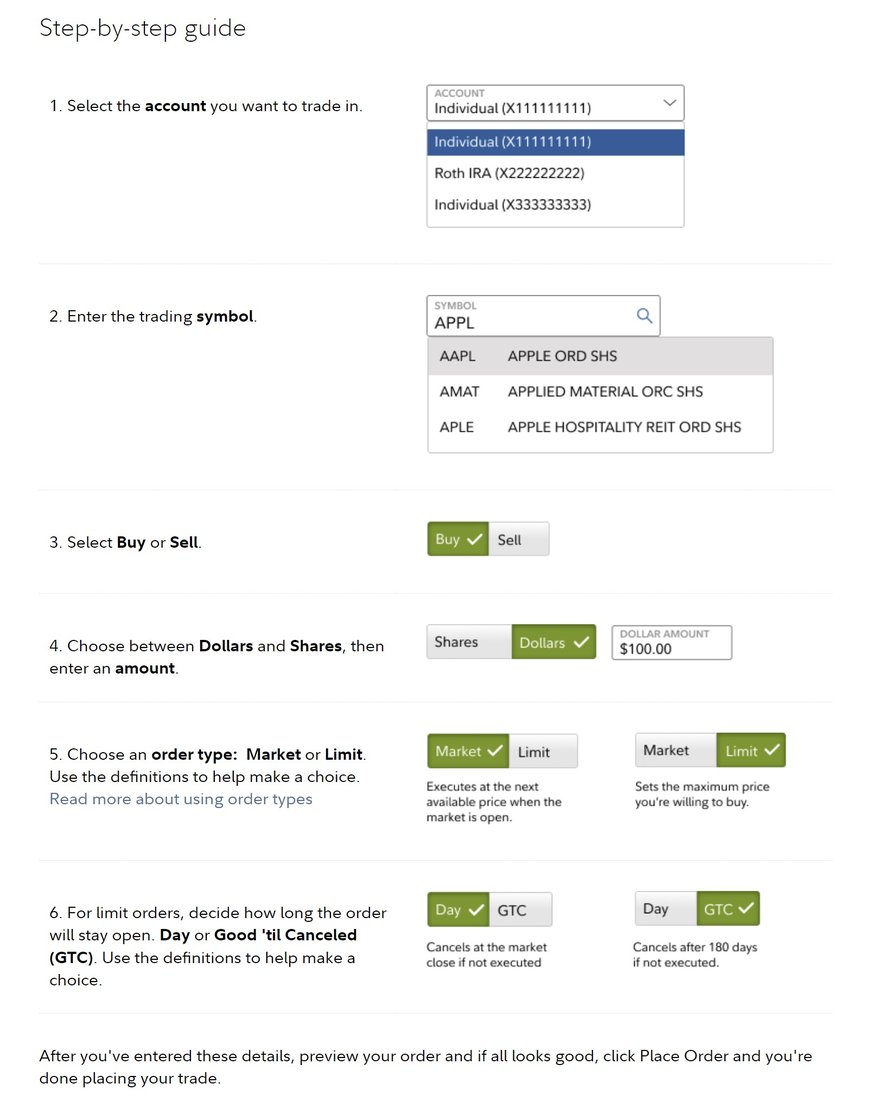
Profitability
Is Accent Microcell profitable?
Accent Microcell is indeed profitable. In the fiscal year ending March 31, 2024, Accent Microcell reported a total revenue of approximately $31.14 million, showing significant growth. Effective cost management resulted in a profit before tax of around $4.57 million. After expenses, the net profit stood at approximately $3.77 million.
Should I invest?
Should I invest in Accent Microcell-related stocks?
Deciding whether to invest in stocks related to Accent Microcell depends on your personal circumstances and investment strategy.
Reasons to consider investing
You believe in the sustainability of microcell foam technology: Companies involved in microcell foam technology are often at the forefront of developing sustainable materials that reduce environmental footprints. Microcell foam production can lead to reduced material usage and improved recyclability, making these companies a favorite of environmentally conscious investors looking to support green technologies.
You believe in the interstellar future of the microcellular foam industry: If you expect steady demand for microcellular foam products, companies like 3M and BASF (BASFY 0.16%) can be solid long-term investments. Many people don't realize that microcellular foam's weight and thermal insulation properties make it extremely important for space applications.
You think the industry will make further breakthroughs: Companies specializing in microcell foam often have robust research and development (R&D) departments that drive innovation. This continuous focus on innovation can lead to the development of new products and applications, providing a competitive edge and ensuring long-term growth potential on the horizon.
Reasons to avoid investing
You prefer direct investment options: Accent Microcell's unavailability in the stock market would be a deterrent if you are looking for direct investment opportunities. Further, indirect investment through related companies might not provide the targeted exposure you seek.
You are concerned about market volatility: The chemical and materials science industries can experience fluctuations due to global economic conditions, regulatory changes, and supply chain disruptions. If you are risk-averse, these factors could affect your investment decision, so you might decide to sit this one out.
You prefer to invest in things you understand: Let's be honest, microcell foam technology is not the topic of discussion at most dinner tables. Being uncomfortable investing in something you're unfamiliar with is another reason to consider sitting this one out.
ETF options
ETFs with exposure to Accent Microcell-related companies
For investors who want broader exposure to the microcellular foam sector, several ETFs include companies similar to Accent Microcell. Here are a few options:
| ETF Name | ETF Ticker | AUM (in billions) | Expense Ratio | Exposure to Related Companies |
|---|---|---|---|---|
| Vanguard Materials ETF | (NYSEMKT:VAW) | $5.57 | 0.10% | Broad exposure to materials sector, including chemicals and materials |
| Materials Select Sector SPDR Fund | (NYSEMKT:XLB) | $5.71 | 0.12% | Targeted exposure to materials companies, including specialty chemicals |
| iShares Global Materials ETF | (NYSEMKT:MXI) | $0.26 | 0.43% | Global exposure to materials sector, including advanced materials |
| iShares U.S. Basic Materials ETF | (NYSEMKT:IYM) | $0.63 | 0.43% | U.S. equities in the basic materials sector, including chemicals |
| Invesco S&P 500 Equal Weight Materials ETF | (NYSEMKT:RTM) | $0.63 | 0.40% | Equal weight exposure to materials companies |
| Fidelity MSCI Materials Index ETF | (NYSEMKT:FMAT) | $0.52 | 0.08% | Broad exposure to materials sector, including chemicals and materials |
Related investing topics
The bottom line on investing in Accent Microcell
The industry as a whole is definitely on the rise. Given these financial indicators, investing in companies with similar profiles or sectors related to Accent Microcell could be a prudent strategy for gaining indirect exposure to its market dynamics. If you believe in future endeavors that involve microcell foam technology, this stock is worth considering.
FAQ
How to invest in Accent Microcell Pre-IPO: FAQ
Is it good to invest in Accent Microcell pre-IPO?
Accent Microcell hasn't announced that it will be doing an IPO in the U.S. However, it's important to do your research. Accent Microcell operates in a niche market, which could mean potential growth but also higher risks. Consider your investment goals and risk tolerance before deciding.
What is the price of Accent Microcell pre-IPO?
Accent Microcell's stock is listed on the National Stock Exchange of India, and the initial share price is 150 Indian rupees (about US$1.79) per share.
What is Accent Microcell's stock ticker?
Accent Microcell is not publicly traded in the U.S., so it has no stock ticker on U.S. exchanges. However, if it becomes public, it will be assigned a unique ticker symbol for trading. Its stock ticker on the National Stock Exchange of India is AMCL.
How to buy Accent Microcell?
Currently, you cannot buy Accent Microcell stock since it is not a publicly traded company. That said, you can invest in companies related to Accent Microcell and even companies in similar industries that might be poised for an IPO.


![Trump at White House podium. Official White House Photo by D. Myles Cullen. [MConverter.eu]](https://g.foolcdn.com/image/?url=https%3A%2F%2Fg.foolcdn.com%2Feditorial%2Fimages%2F801349%2Ftrump-at-white-house-podium-official-white-house-photo-by-d-myles-cullen-mconvertereu.jpg&op=resize&w=184&h=104)
